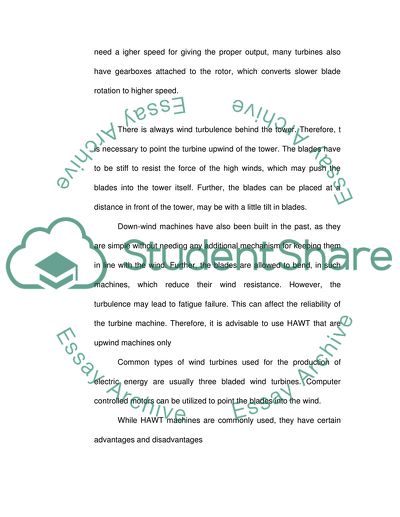Cite this document
(“Blade for a 10kW Horizontal Axis Wind Turbine Term Paper”, n.d.)
Blade for a 10kW Horizontal Axis Wind Turbine Term Paper. Retrieved from https://studentshare.org/technology/1719420-the-blade-for-a-10kw-horizontal-axis-wind-turbine
Blade for a 10kW Horizontal Axis Wind Turbine Term Paper. Retrieved from https://studentshare.org/technology/1719420-the-blade-for-a-10kw-horizontal-axis-wind-turbine
(Blade for a 10kW Horizontal Axis Wind Turbine Term Paper)
Blade for a 10kW Horizontal Axis Wind Turbine Term Paper. https://studentshare.org/technology/1719420-the-blade-for-a-10kw-horizontal-axis-wind-turbine.
Blade for a 10kW Horizontal Axis Wind Turbine Term Paper. https://studentshare.org/technology/1719420-the-blade-for-a-10kw-horizontal-axis-wind-turbine.
“Blade for a 10kW Horizontal Axis Wind Turbine Term Paper”, n.d. https://studentshare.org/technology/1719420-the-blade-for-a-10kw-horizontal-axis-wind-turbine.


